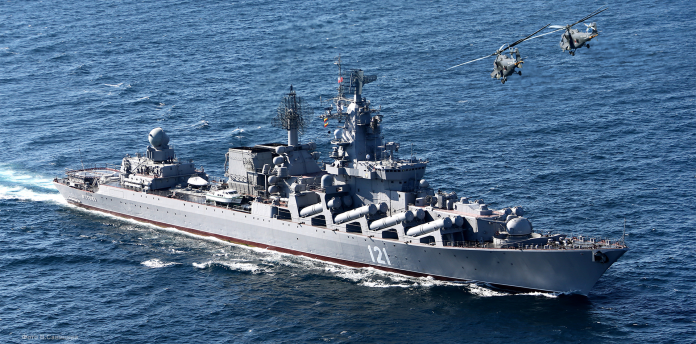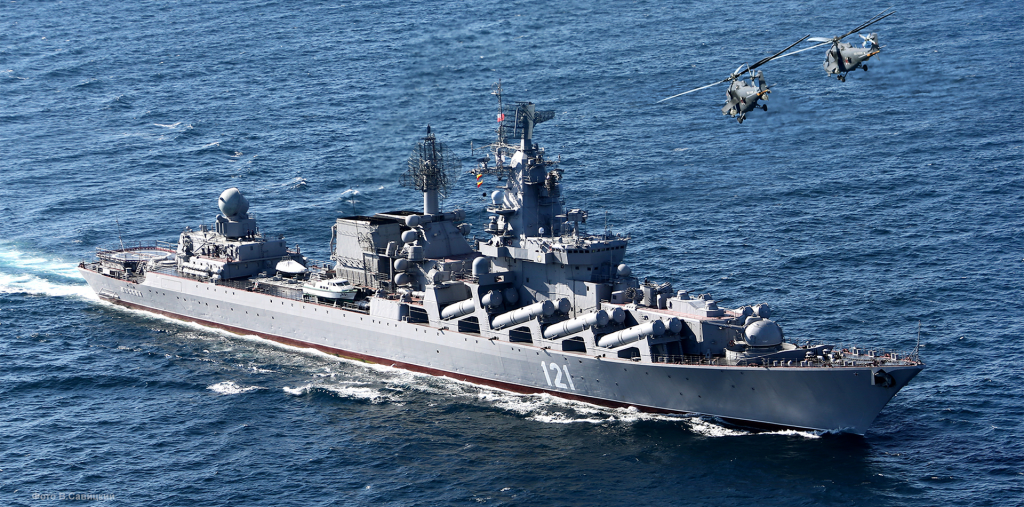
“Those who didn’t drown burned.” The harsh pronouncement from Ukraine’s 40th Separate Coastal Defense Brigade wasn’t exaggeration but an accurate description of the latest strike that left several Russian attack boats charred along the southern front. It also marked the latest among a series of encounters revealing how unmanned systems are shifting from testbed technology to game-changers for naval and littoral combat.

Over the last year, Ukraine has aligned battlefield need with quick creativity to develop a drone program that is redrawing naval and littoral defense planning. With spider-like first-person-view (FPV) drones pursuing mini boats to multi-mission unmanned surface vessels (USVs) that are capable of air missions, these systems have compelled Russia to respond frequently at great expense. The list below is a description of the most striking developments and techniques defining this latest era of the war.
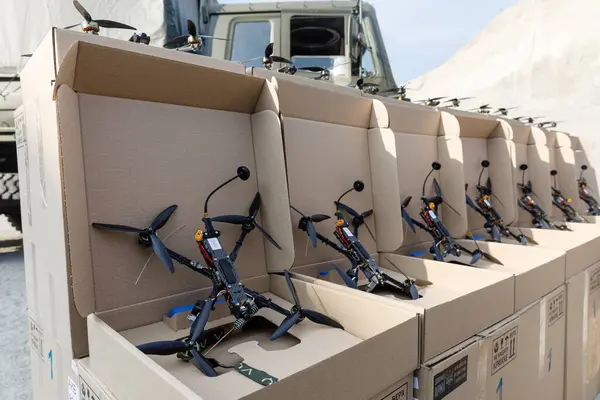
1. Strikes Against Russian Attack Boats
In last week’s raid, leaders from the 40th Separate Coastal Defense Brigade’s 1st Battalion saw some Russian landing vessels with infantry. With the help of the FPV drones, they followed the ships and struck each with accuracy. Video published by the brigade included one boat churning through the coastline when it came under attack at close range, a second blowing up mid-course, and a third attacked with troops already on land.
Brigade account was ruthless: “Operators. tracked the target, and provided an accurate strike. Those that survived the initial strike were destroyed.” The video showed the growing success with the Ukraine Unmanned System Forces’ ability to target mobile, small enemy formations on the southern front.

2. Barracuda: Riverine Combat Drone
Ukraine deployed the Barracuda, a modular, unmanned surface craft with the Dnipro River’s narrow, island-studded waterways in mind. It is said to be versatile enough to be outfitted with the various weapon systems and also with elements of what is called artificial intelligence. Not so with the satellite communications, it is suited for the very short-range, tactical mission.
This is an indication that the Navy is shifting to geography-centric unmanned platforms that can go where the larger fleet assets cannot. In contested riverine environments, the Barracuda expands reconnaissance, harassment, and direct strike capability all the way to the all-purpose weapon for coast defense brigades.

3. Naval Unmanned Systems for Anti-Air Missions
Ukraine’s USVs accomplished what kamikaze attacks never accomplished. Two Russian helos, Mi-8, were shot down with the help from the Sea Dragon infrared-homing missiles launched from a Magura V5 back in December 2024. Magura V7 UAV-mounted with AIM-9 Sidewinders took two Su-30s down around Novorossiysk in May 2025.
This constituted the first ever documented air combat kill with surface drones, making them mobile, transportable, and reusable at-sea air-anti-air stations. The modification expands the range of their tactical use, leading Russian airmen to reassess flying at very-low levels over the Black Sea.
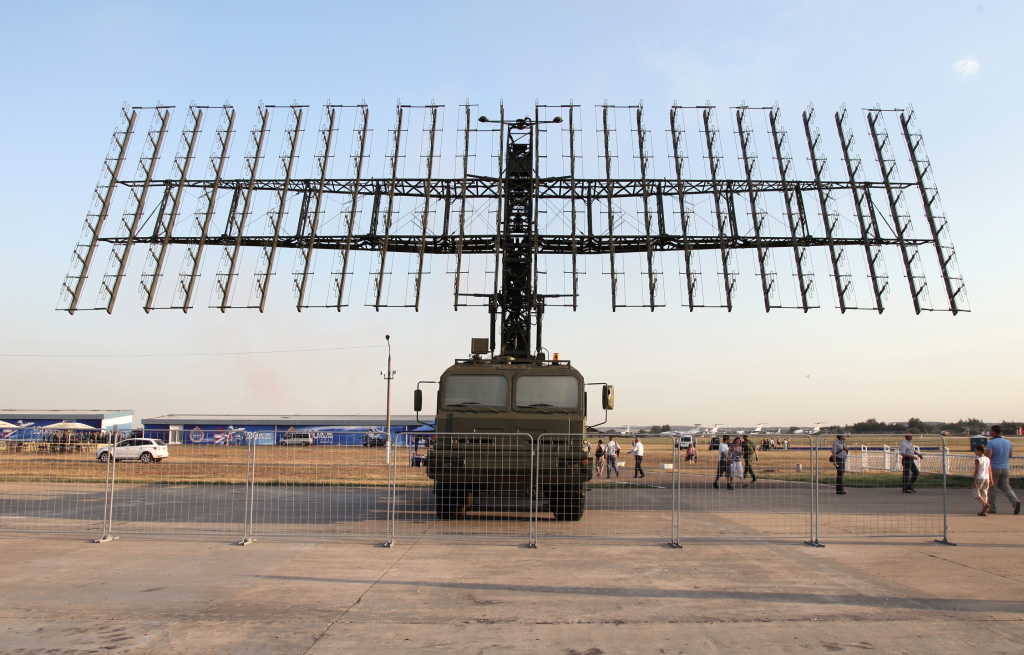
4. Drone-Based Airstrikes at Sea
In July 2025, the Ukrainian USVs employed the bombers that fly low to attack Russian radars around Crimea at a low height, apparently at the Nebo-M system, an important long-range counter-stealth radar. Russian Short-range air defense systems around Kherson were attacked with FPV drones that were launched from USVs earlier months.
As UAV motherships, the ships also increase the range of the air drones that must be flown under line-of-sight, to strike deep inside defended coast areas with accuracy.
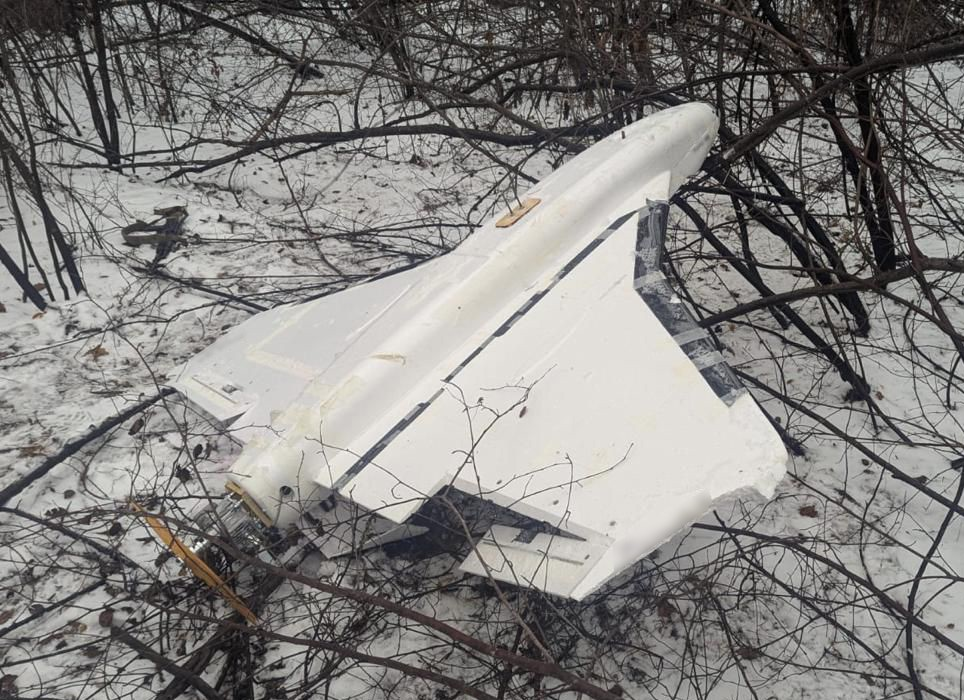
5. Drone Arms Race Interceptor Drones
Although Moscow has flown massive swarms of Shahed and Gerbera drones, Kyiv has responded with cheap, agile interceptors. The Sting, built by Wild Hornets, flies 213 mph and has neutralized over 400 enemy drones. Such “hit-to-kill” missiles are among the brightest air defense promises for Eastern allies, said NATO Adm. Pierre Vandier.
These interceptors also achieve an asymmetry in cost: a multi-thousand dollar drone taking down a system costing many orders of magnitude more. Success rates are 90% or better with experienced pilots, but training is a bottle-neck, with far fewer than the trainees successfully completing stringent interceptor tests.
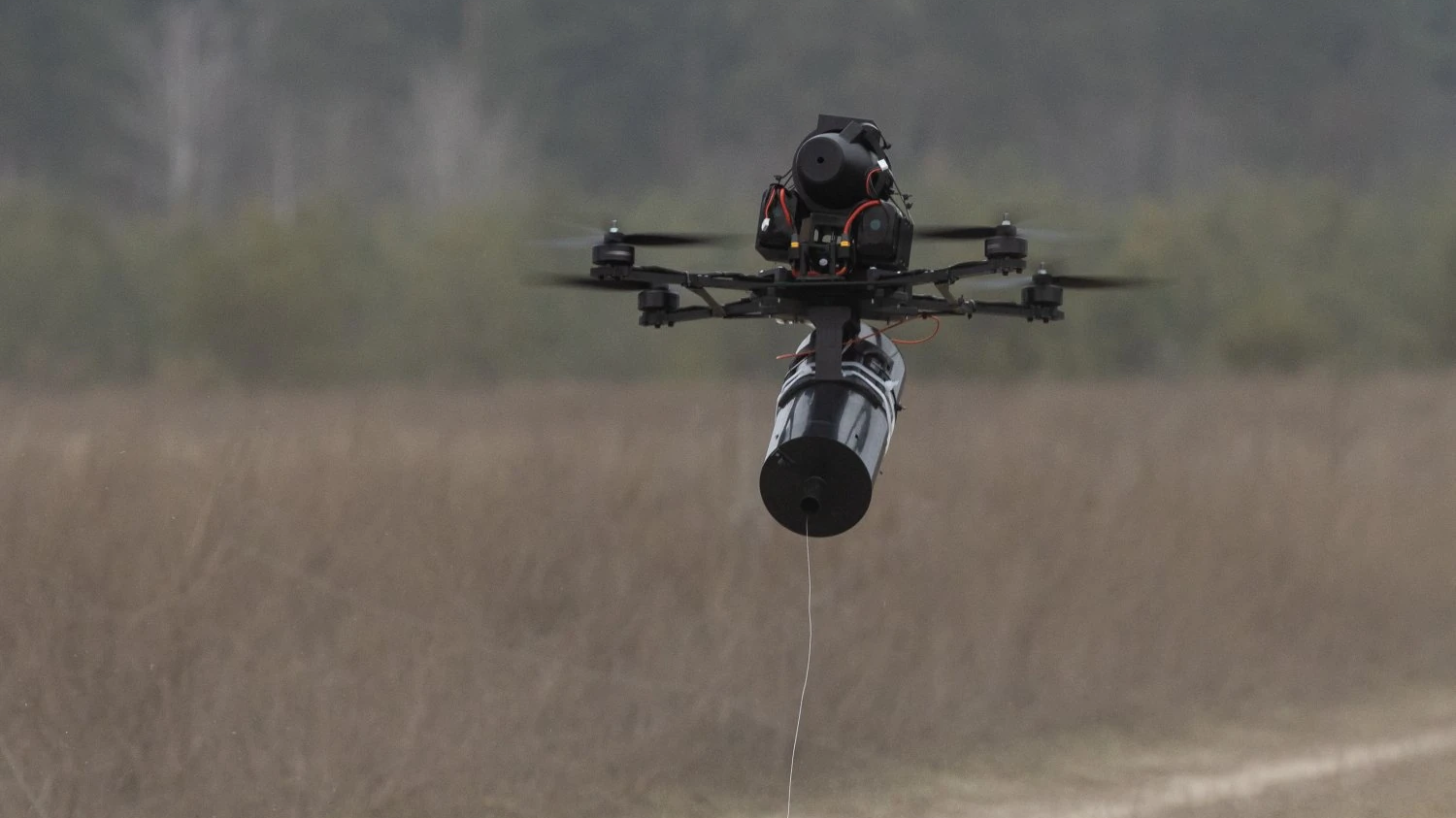
6. Counter to Fiber-Optic FPV
Russian fiber-optically-controlled FPV aircraft, impervious to jamming and with 25-mile ranges, extended the threat envelope well behind the Ukraine’s rear lines. To match Russian production with more than 35 industry players, Ukrainian developers are working to increase range and answer these ruthless systems.
Military experts also caution that “no rear area up to 30 kilometers” is safe behind the lines, and appeals are thus being made for kill-nets for drones over roads and for tighter controls for safe passage through sensitive areas for civilians.
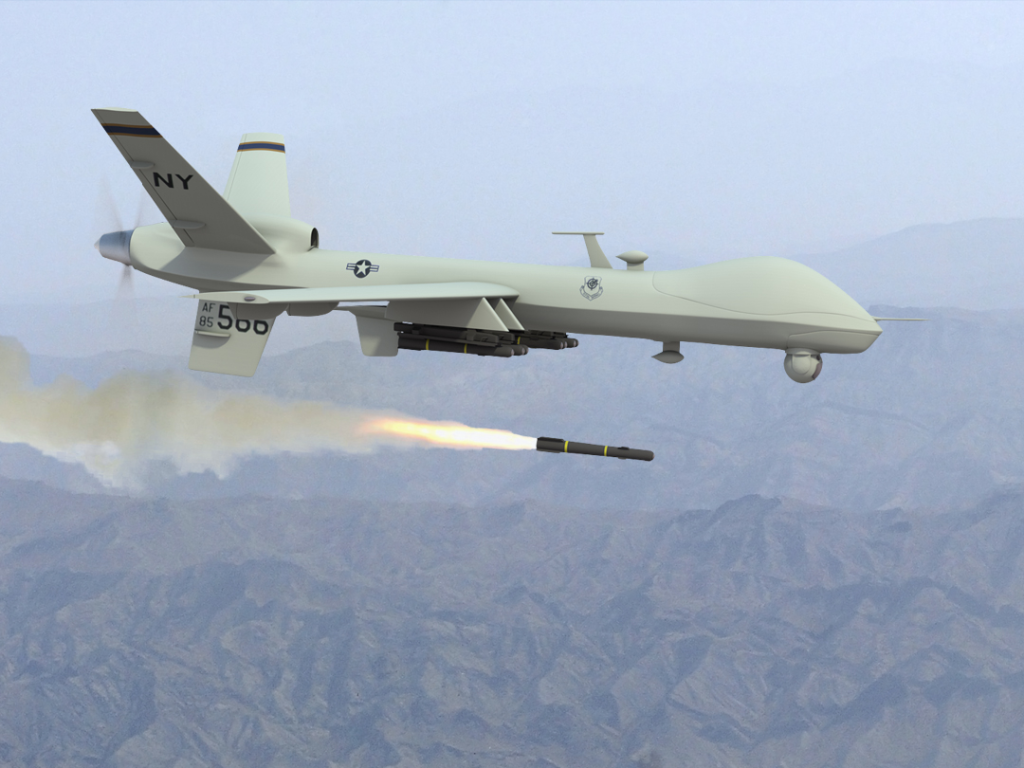
7. Drone Warfare Lessons
The sinking of the Russian coast boat at the hands of small UAVs is representative of the broader trends within Ukraine’s maritime campaign swarm attacks, multi-domain attacks, and taking advantage of the low-signature platform at the expense of the legacy fleet. The great majority of successful attacks are against aging Soviet ships, but the net effect is to constrain Russian freedom of movement. The operations demonstrate that cheap unmanned systems can achieve local superiority over contested littoral regions, even against an otherwise numerically superior fleet, if innovation and adaptability are more than enemy counters.
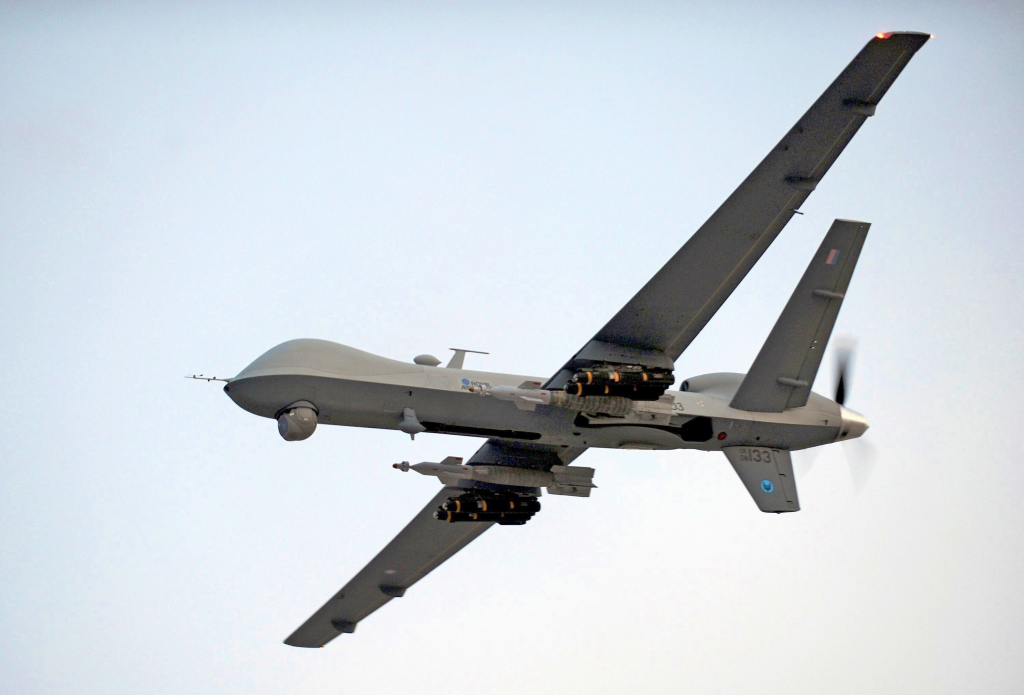
Ukraine’s employment of unmanned systems to riverine and coast combat has come from improv to doctrine. The sinking Russian attack boats with FPV drones is but a small part of the broader trend through which air-interceptors, hybrid sea-air strike ships, and modular USVs are rewiring the battlefield. The lesson here for military technologists and strategists is clear: agility, adaptability, and the ability to rapidly iterate unmanned capabilities can make up for standing disadvantages if the innovation is a step ahead of the counter.
